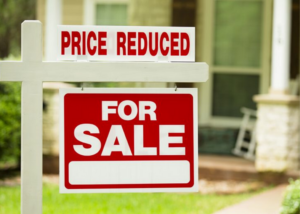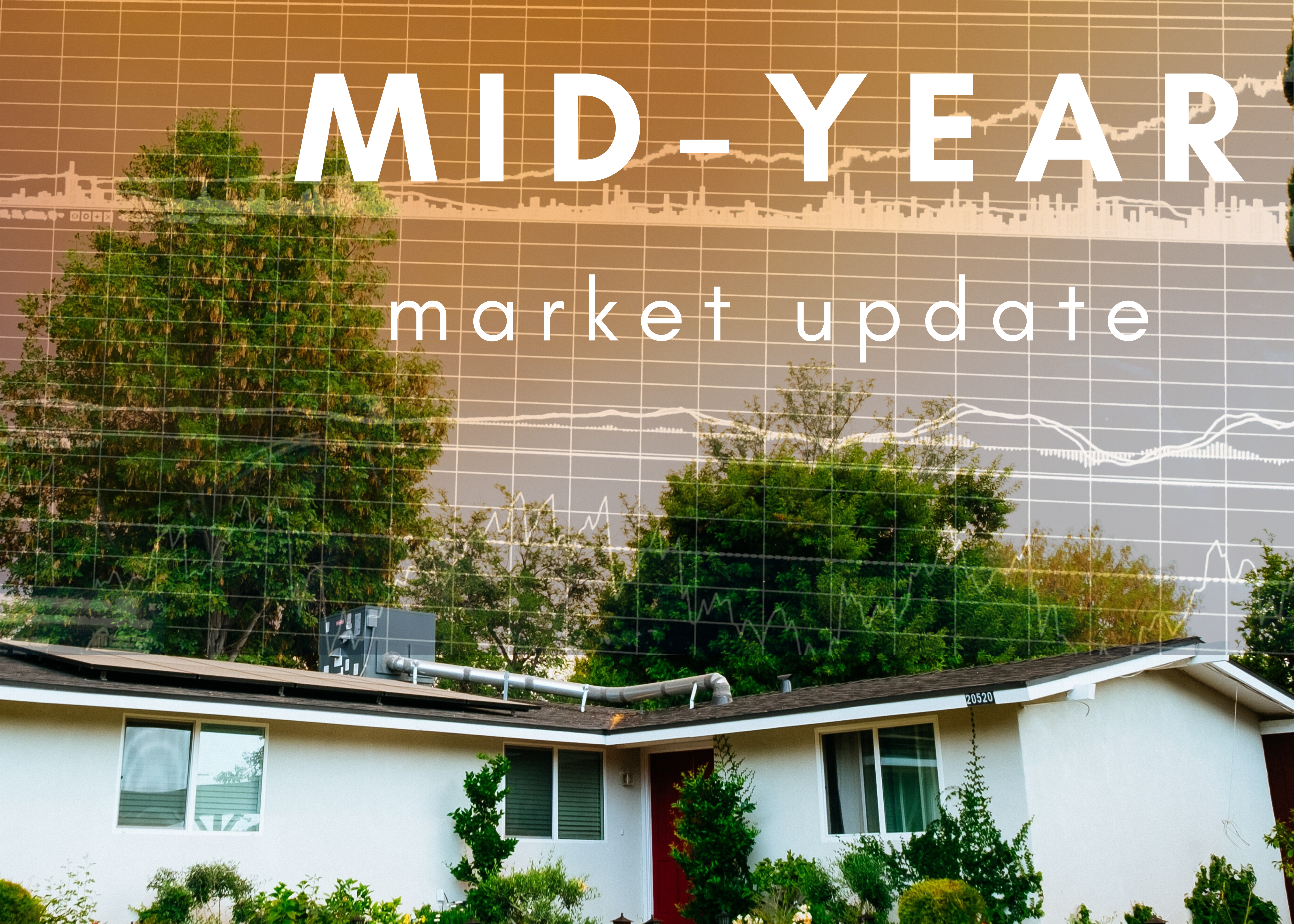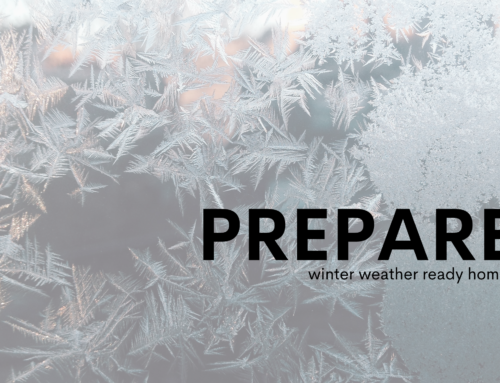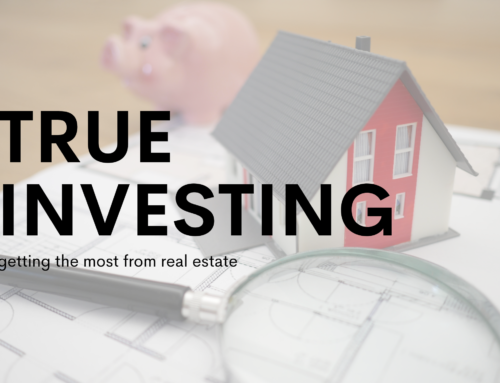Covid. It’s all everyone is talking about, and if you are thinking of buying or selling your home this year, you probably have questions about the impact Covid has on the market. Thankfully, we have statistics to show that so far, there hasn’t been a massive housing market crash (like some had predicted) and things are going swimmingly, especially in the midwest. But for how long?
What we’re seeing right now:

If we were to summarize the market, we’d use the words “growing” and “hopeful.” In fact, February 2020 is breaking records as far back as 2007 in terms of growth1. We attribute this to increased housing demand and low mortgage interest rates. Basically, it’s a okay time to buy (low interest rates) and sell (high demand for housing).
More locally, we’re seeing the Midwest region has the second highest home sales in the country, with a 4% increase from last year2. We’re even seeing houses sell quicker than in 2019 (8 days sooner)3. According to J. Vivas from Realtor.com, “Real Estate recovery will remain more local than ever.”4. Because of this, we believe we’ll see even more increase over the next several months, based on our current midwestern housing market demands and growth. Here’s a distilled look at the Linn County housing market:

What to look for in the coming months:

Experts are watching so many different statistics and economic indicators it can be overwhelming to try to keep track yourself. We believe there are 3 main areas of development to keep an eye on as we navigate the housing market’s response to Covid.
- 1st time homebuyers- Traditionally, this specific sector of the market shows us how comfortable the overall market is with buying. They often purchase smaller homes in the suburbs, and stick to rentals until they are confident in their purchase. When 1st time homebuyers are on the rise, so is the rest of the market. Places to watch these statistics are: consumerfinance.gov and nar.realtor.
- Unemployment rates- This is an easy correlation to see. Those without a job aren’t going to be financially stable enough to purchase new properties. As the months march on and people find out whether they will be returning to work or not, we’ll see a corresponding change in foreclosures and home purchases. Keep an eye on bls.gov for current statistics.
- Rental markets- So far, there hasn’t been a huge change in landlords receiving rent from occupants. Come the end of July, when the economic stimuli come to an end, we’ll be watching the low income rental markets. This low end of the rental scale will be hardest hit and without the $600 additional income per check, we expect a fair amount of evictions due to unpaid rent. Rentals serve as an indicator of overall home prices. When rental prices decrease, home prices will decrease to follow. Follow the trends at apartmentlist.com.
What does it all mean?

Forbes.com is reporting “the climb in numbers of mortgage applications for home purchases has been fast and steady in recent weeks, as people scramble to buy while mortgage rates are at compellingly low levels.”5. We’re heading toward the tipping point between home prices and interest rates. We can’t predict the future, but we’d guess the next few years will show some drastic changes in both.
In short, if you’re buying its best to get in before the interest rates go up. If you’re selling it’s best to list before home prices fall. The market may not be sustainable at these levels as we battle Covid and the natural tendencies of the housing market.
“Don’t let it [market forecasting] dictate your housing decisions- only your personal situation and finances should do that.” Dave Ramsey1.









